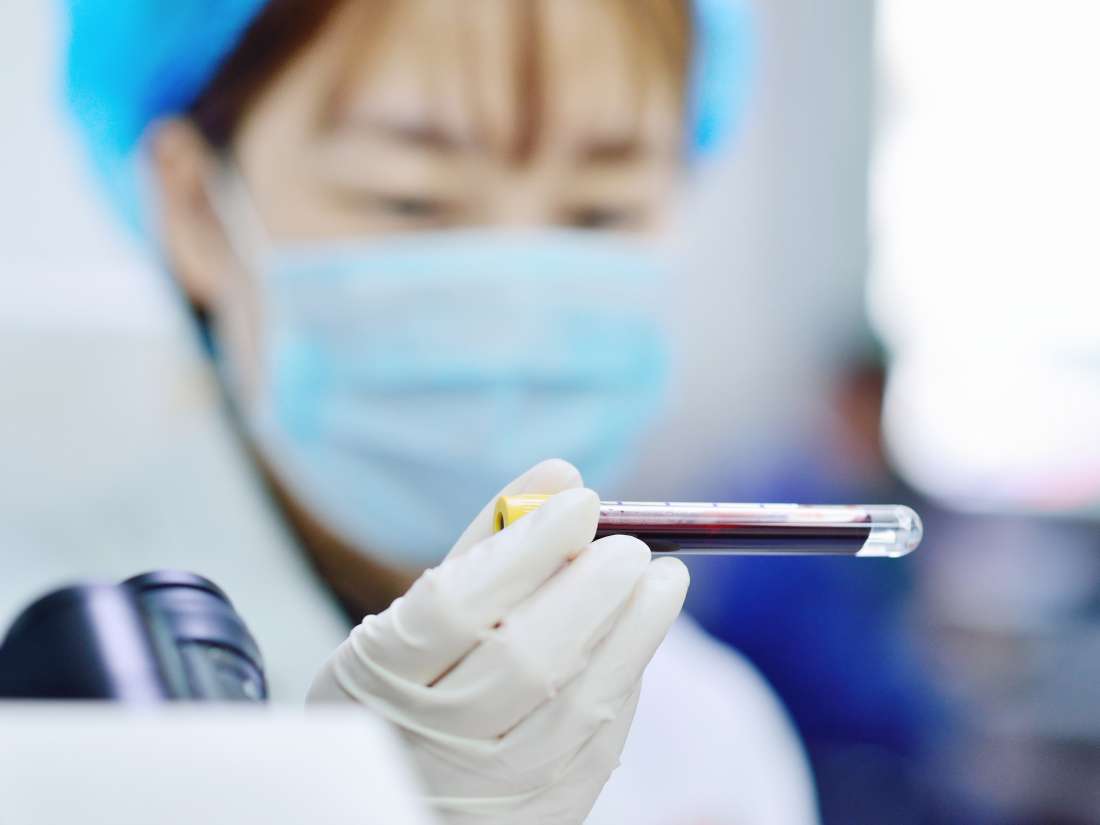Get the latest international news and world events from around the world.
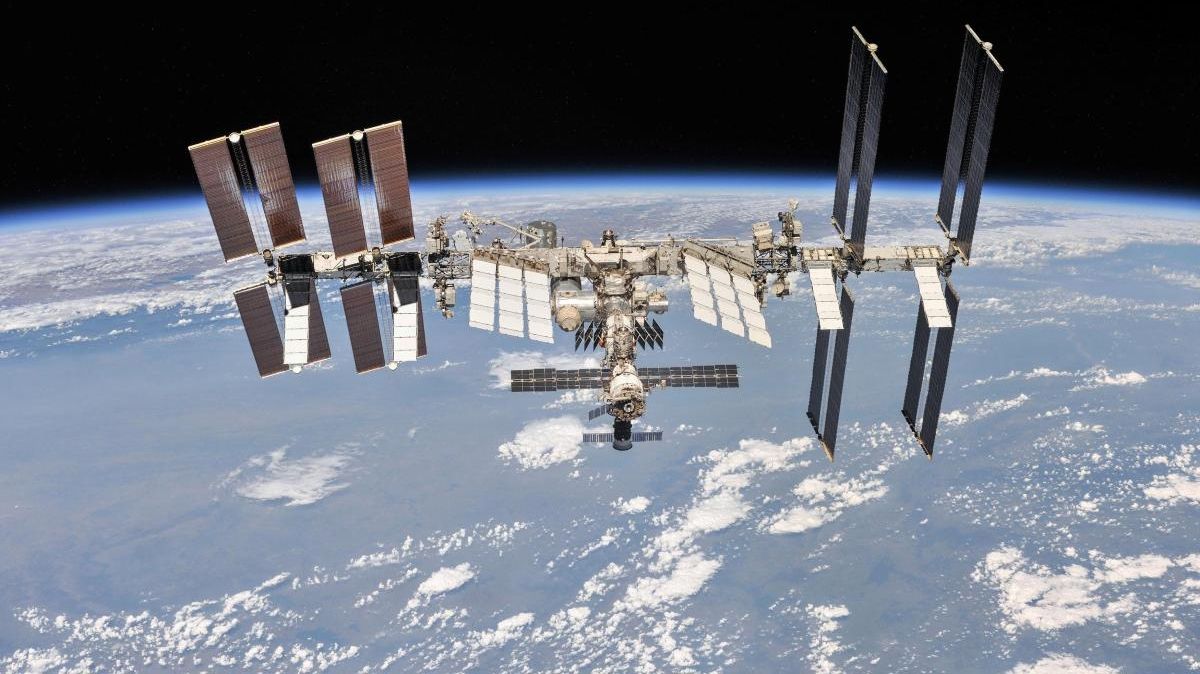
International Space Station infested with mysterious space bugs leaving astronauts at risk of ‘serious harm’
THE International Space Station is infested with mysterious space bugs that may be leaving astronauts at risk of ‘serious harm’, according to a new study.
Scientists discovered a thriving ecosystem of “infectious organisms” aboard the station which are similar to bugs found in hospitals on Earth.
A NASA team found five different varieties of Enterobacter, with researchers calculating that there is a “79% probability that they may potentially cause disease”.
Earth from space: The Gulf
In this episode of #EarthfromSpace, the Copernicus Sentinel-3A satellite takes us over the Gulf from the ESA Web TV studios.
Download the image: http://www.esa.int/spaceinimages/Imag…
★ Subscribe: http://bit.ly/ESAsubscribe
Check out our full video catalog: http://bit.ly/SpaceInVideos
Follow ESA on Twitter: http://bit.ly/ESAonTwitter
On Facebook: http://bit.ly/ESAonFacebook
On Instagram: http://bit.ly/ESAonInstagram
On Flickr: http://bit.ly/ESAonFlickr
ESA is Europe’s gateway to space. Our mission is to shape the development of Europe’s space capability and ensure that investment in space continues to deliver benefits to the citizens of Europe and the world. Check out http://www.esa.int/ESA to get up to speed on everything space related.
Copyright information about our videos is available here: http://www.esa.int/spaceinvideos/Term…
Physicist Wins Ig Noble Prize For Study On Whether Cats Should Be Classified As Liquids Or Solids
A French physicist has won an Ig Nobel Prize for using mathematical formulas to determine whether cats are liquid or solid.
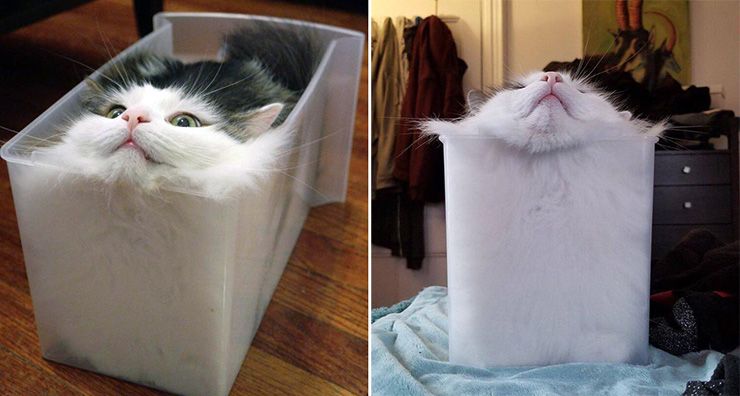
The Ig Nobel prizes are awarded every year by Improbable Research, an organization devoted to science and humor. The goal is to highlight scientific studies that first make people laugh, then think.

World experts heading down under to talk silicon quantum computing
Scientists from around the world are meeting in Sydney to discuss the latest advancements in silicon quantum computing.
Scientists from around the world are landing in Sydney this week to join discussions on the latest research in silicon quantum computing with renowned physicist and Australian of the Year, Professor Michelle Simmons, and UNSW Sydney researchers from the Centre of Excellence for Quantum Computation and Communication Technology (CQCT), including Professor Andrew Dzurak, Professor Sven Rogge and Professor Andrea Morello.
Bringing together more than 200 leading researchers in the field, the Silicon Quantum Electronics Workshop is a global initiative to share research insights and technology advancements in the race to build the world’s first quantum computer – in silicon.
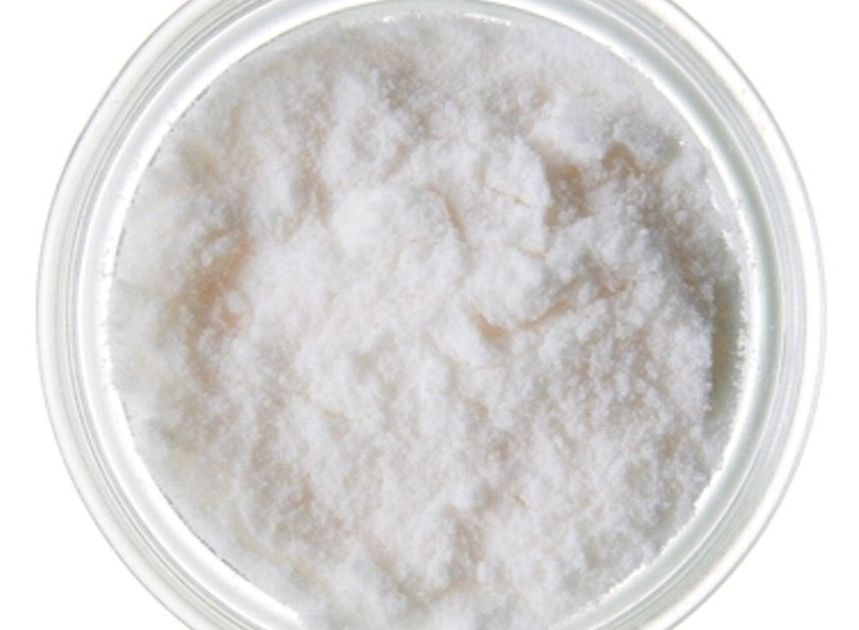
Powdered Booze Could Fix Your Clogged Arteries
Fats and cholesterol that build up along the insides of blood vessels can limit the flow of blood around the heart, causing heart attacks or strokes. To treat this condition, called atherosclerosis, millions of Americans take drugs every day—the most popular of these, statins, alone cost up to $13 billion per year in 2014, and these don’t work for every patient. Now scientists have discovered that a compound already approved by the FDA can dissolve away this buildup in the blood vessels more effectively than existing treatments. The researchers published their study today in Science Translational Medicine.
The compound is called beta-cyclodextrin, and it’s already used in some pharmaceuticals to bind the active drug to fatty acids in the body where it is most needed.
Now, here’s the good news: beta-cyclodextrin is also the main ingredient used to make powdered alcohol. Pour booze into a heap of cyclodextrin, and the alcohol molecules cling to the ring-shaped cyclodextrin molecules, making a fluffy dry powder that packs a punch.
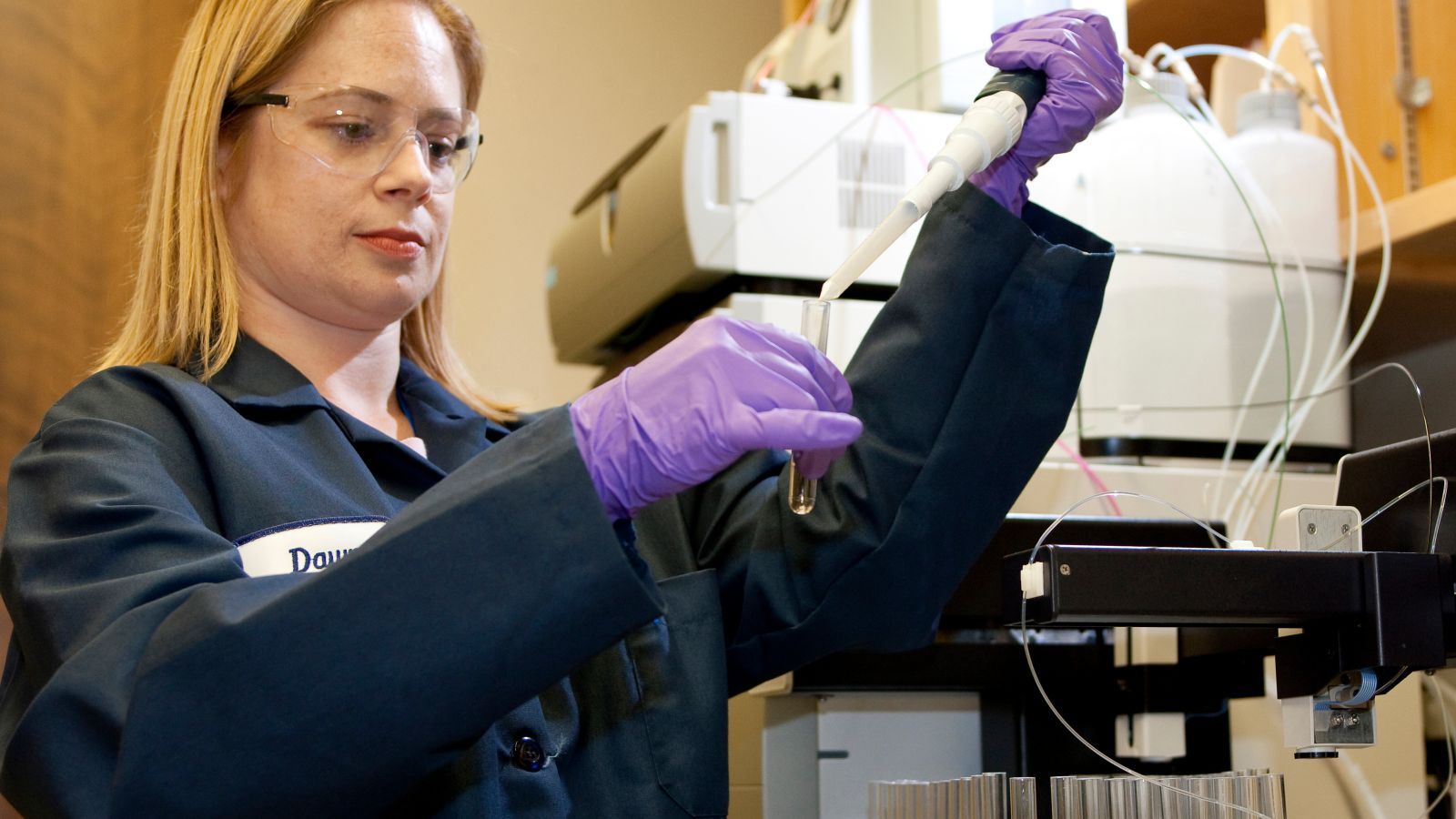
Meet Dawn Shaughnessy, the Real-Life Alchemist Who Expanded the Periodic Table
The periodic table is chemistry’s holy text. Not only does it list all of the tools at chemists’ disposal, but its mere shape—where these elements fall into specific rows and columns—has made profound predictions about new elements and their properties that later came true. But few chemists on Earth have a closer relationship with the document than Dawn Shaughnessy, whose team is partially responsible for adding six new elements to table’s ranks.
Shaughnessy leads a team of real-life alchemists. You might be familiar with alchemy as a medieval European practice where mystics attempted to transmute elements into more valuable ones. But rather than turn the element lead into gold, Shaughnessy and her team turned plutonium into flerovium.
Shaughnessy’s parents encouraged her to pursue science from a young age—her father was an engineer, and she had an electronics kit as well as a chemistry set as a child. She’d first thought about doing orthopedic research but didn’t want to cut people open, she explained to me, and chemistry was a natural fit. But when she arrived at the University of California, Berkeley as an undergraduate, she learned that chemistry could be more than just mixing liquids in beakers. She could create the atoms themselves.
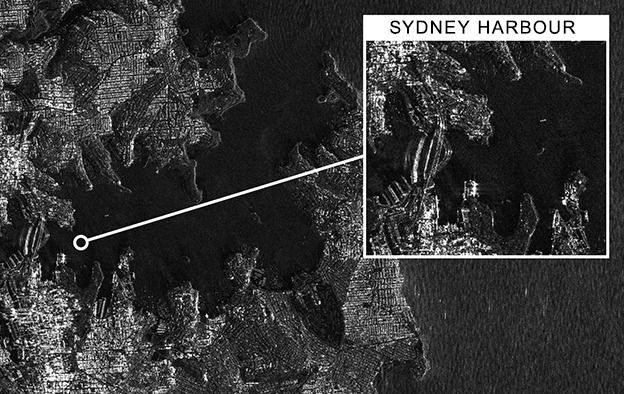
UK radar satellite returns first images
Sydney Harbour and the Egyptian pyramids feature in the debut images from the first all-UK radar spacecraft.
NovaSAR was developed jointly by Surrey Satellite Technology Limited of Guildford and Airbus in Portsmouth, and launched to orbit in September.
Its pictures are now being assessed for use in diverse applications, including crop analysis, flood and forestry mapping, and maritime surveillance.
